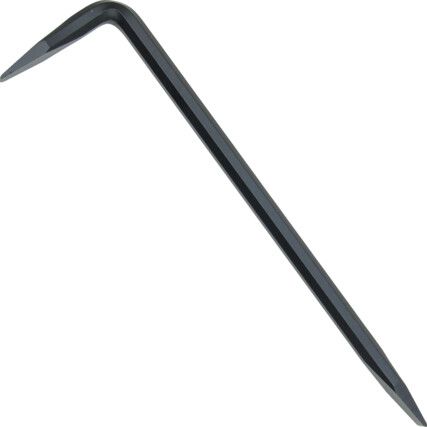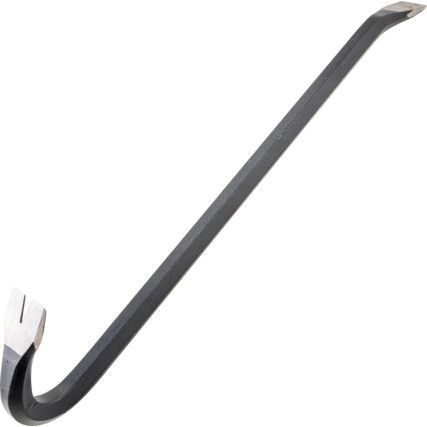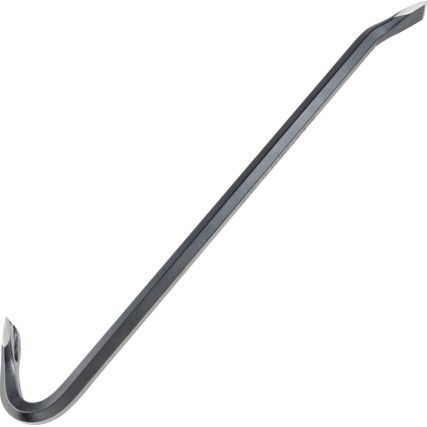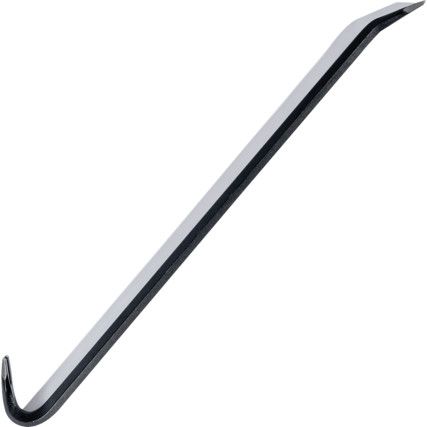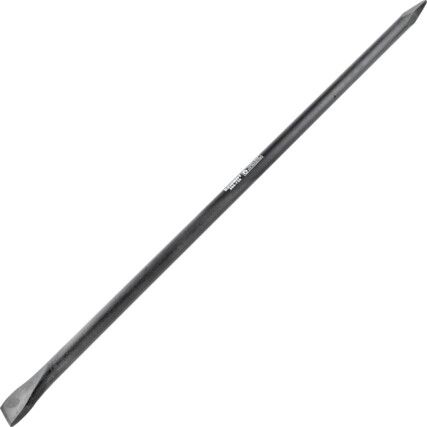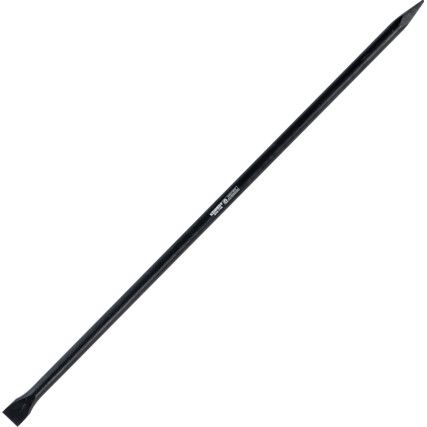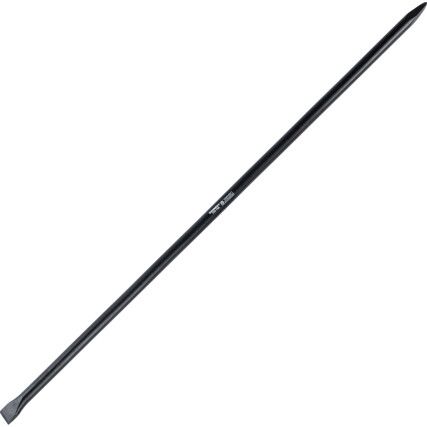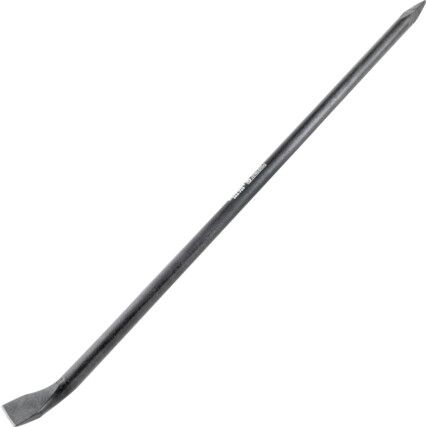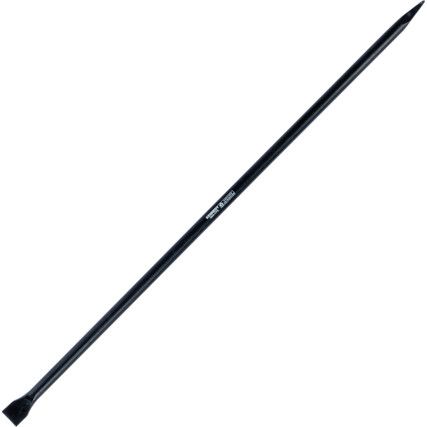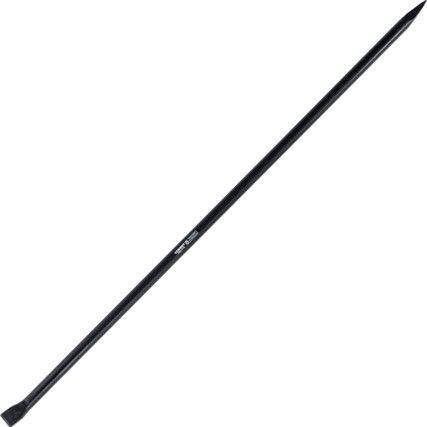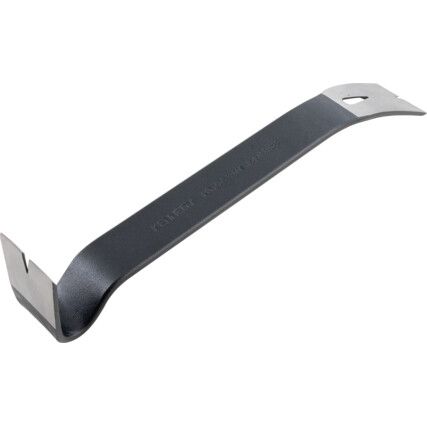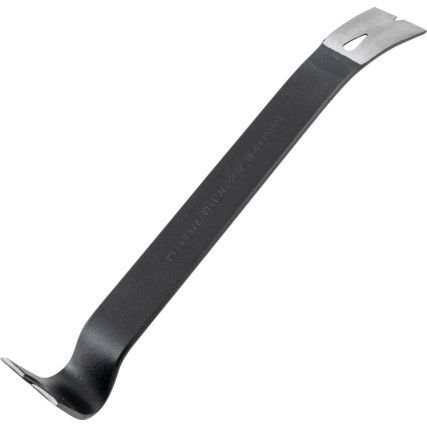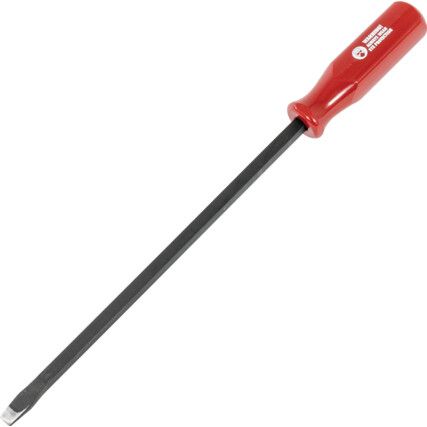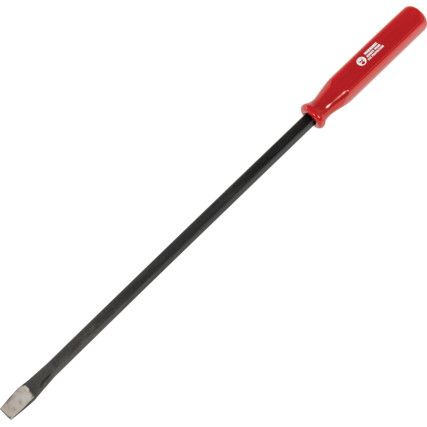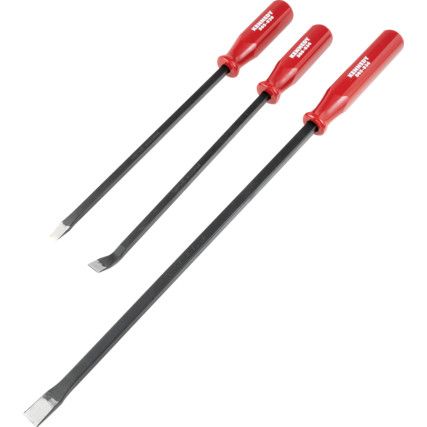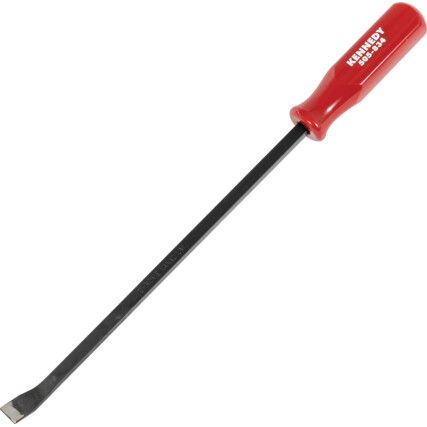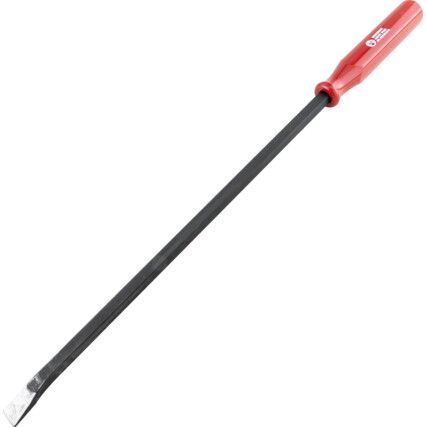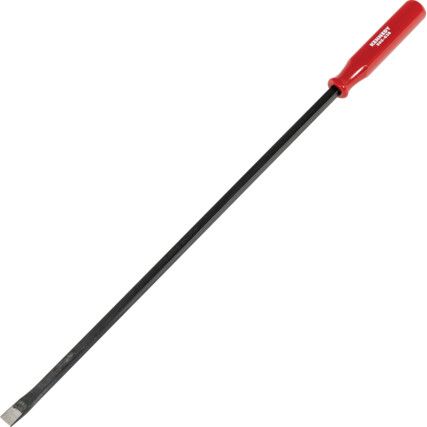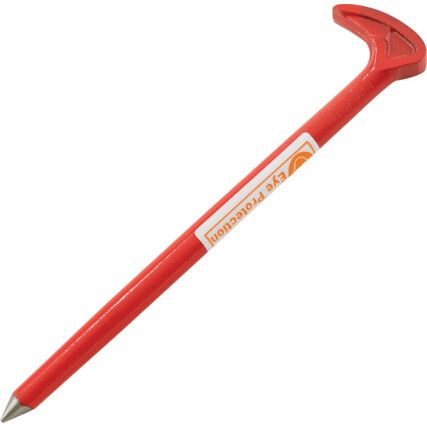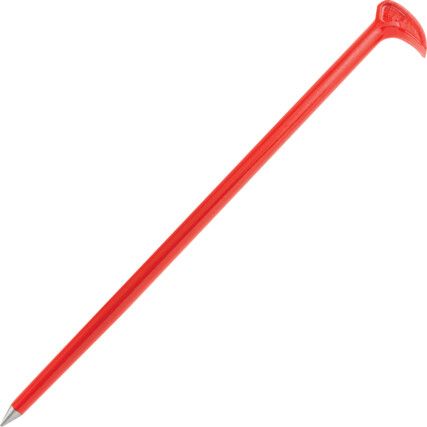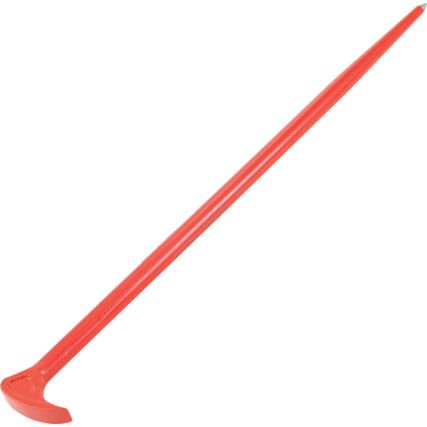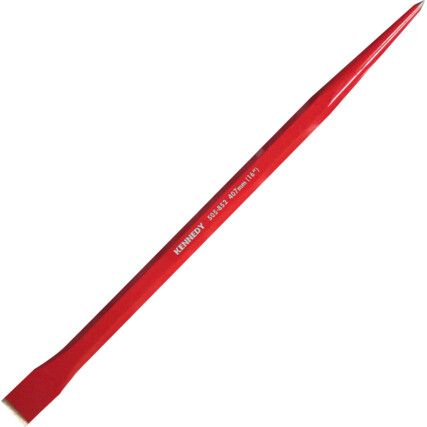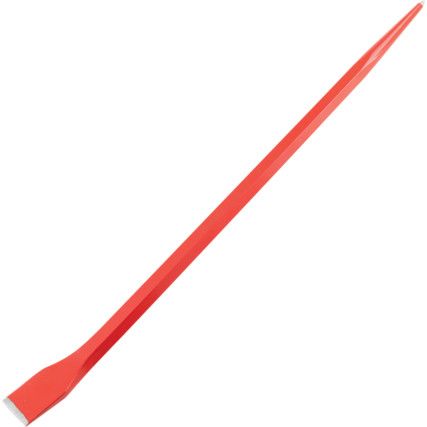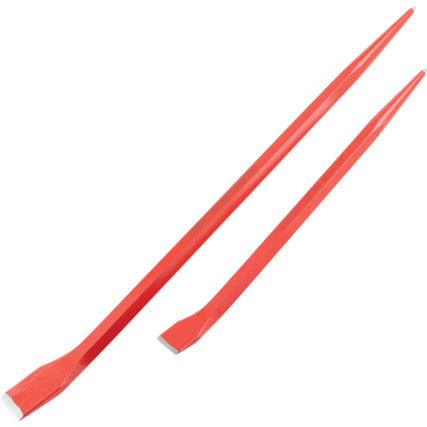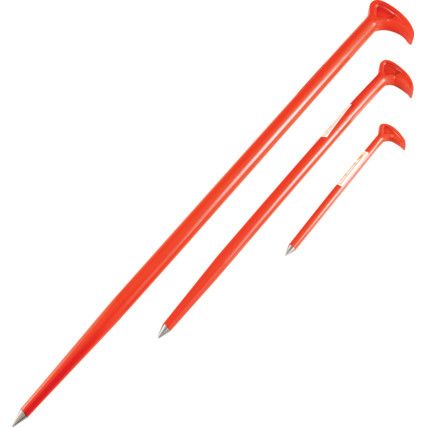Dźwigniki i łomy
Crowbars and pry bars are sturdy tools made mostly of steel, designed to separate materials or objects with less effort. Cromwell offers a variety of crowbars and pry bars from trusted brands like Kennedy®, Stanley®, Spear & Jackson, and Sealey.
Why use crowbars and pry bars?
These tools are commonly used for opening wooden crates or large shipping boxes, providing leverage to ease the process of prying materials apart. Built tough from steel, they're durable and built to withstand heavy use.
Types of crowbars and pry bars
Although often used interchangeably, crowbars and pry bars have distinct differences. Here are the five most common types, each providing leverage to separate objects or materials:
• Wrecking bar - Often confused with crowbars, these are usually hexagonal in shape with a nail puller at one end and a prying wedge at the other.
• Pry bar - Longer and thinner than crowbars, they delicately pry materials apart, minimizing damage.
• Crowbar - Larger and thicker than pry bars, used when preserving the materials isn't a concern.
• Breaker bar - Also known as a power bar, it features a ratcheting socket end for removing tight nuts and bolts.
• Nail puller - Designed to pull out nails, often found at one end of wrecking bars or crowbars.
FAQs
Are crowbars legal in the UK?
Yes, if carried with a valid reason. Otherwise, like any tool, they can be seen as weapons if carried without justification.
How do crowbars work?
By providing leverage, crowbars make it easier to separate materials or objects. Leveraging instead of relying solely on force helps apply pressure more effectively, eventually detaching them.
Expert translation:
Crowbars and pry bars are often crafted from steel, serving as tools to effortlessly separate materials or objects. In Cromwell's assortment, you'll find a diverse array of crowbars and pry bars from reputable brands like Kennedy®, Stanley®, Spear & Jackson, and Sealey.
Dlaczego używać dłut i rygli?
Narzędzia te są powszechnie wykorzystywane do otwierania drewnianych skrzyń czy dużych skrzyń transportowych, zapewniając dźwignię, aby ułatwić proces rozdzielania materiałów. Wykonane z wytrzymałej stali, są trwałe i przeznaczone do ciężkich zastosowań.
Rodzaje dłut i rygli
Mimo że często używane zamiennie, dłuta i rygle różnią się od siebie. Oto pięć najczęstszych rodzajów, każdy zapewniający dźwignię do rozdzielania obiektów lub materiałów:
• Dłuto rozbiórkowe - Często mylone z dłutami, zwykle mają kształt sześciokątny z wyciągaczem do gwoździ na jednym końcu i klinem do wyciskania na drugim.
• Rygiel - Dłuższy i cieńszy od dłuta, delikatnie oddziela materiały, minimalizując uszkodzenia.
• Dłuto - Większe i grubsze od rygli, używane, gdy zachowanie integralności materiałów nie jest priorytetem.
• Końcówka rozładowcza - Posiada końcówkę gniazda z mechanizmem zgrzewania, przeznaczoną do usuwania mocno zakręconych nakrętek i śrub.
• Wyciągacz do gwoździ - Zaprojektowany do wyjmowania gwoździ, często znajduje się na jednym końcu dłuta rozbiórkowego lub rygla.
Najczęstsze pytania
Czy dłuta są legalne w Wielkiej Brytanii?
Tak, jeśli są noszone z uzasadnionym powodem. W przeciwnym razie, podobnie jak każde narzędzie, mogą być uznawane za broń, jeśli noszone są bez uzasadnienia.
Jak działają dłuta?
Zastosowanie dźwigni sprawia, że dłuta ułatwiają oddzielanie materiałów lub obiektów. Dzięki zastosowaniu dźwigni, a nie tylko siły, można bardziej efektywnie wywierać nacisk, co ostatecznie prowadzi do ich oddzielenia.

